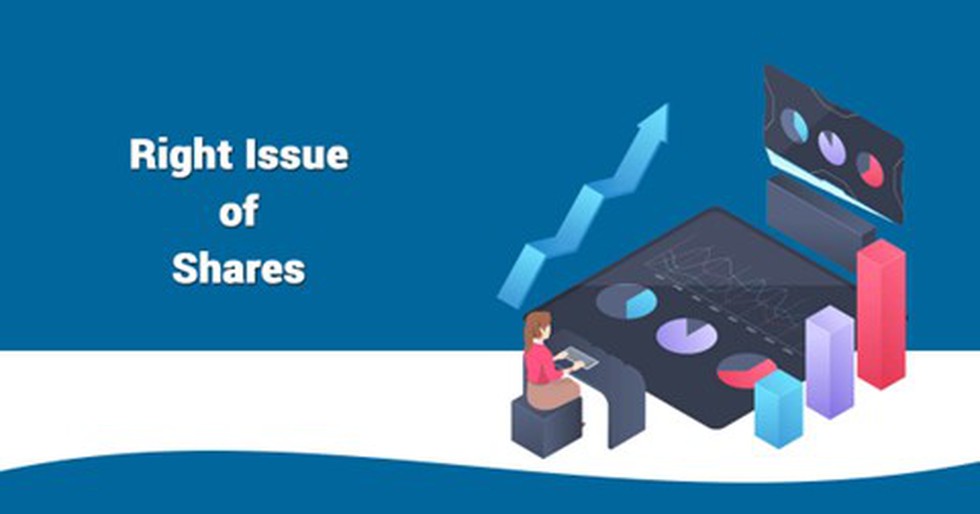
About Rights Issue:
- A rights issue is an invitation to existing shareholders to purchase additional new shares in the company.
- This type of issue gives existing shareholders securities called rights.
- With the rights, the shareholder can purchase new shares at a discount to the market price on a stated future date.
- The company is giving shareholders a chance to increase their exposure to the stock at a discount price.
- Until the date at which the new shares can be purchased, shareholders may trade the rights on the market the same way that they would trade ordinary shares.
- The rights issued to a shareholder have value, thus compensating current shareholders for the future dilution of their existing shares' value.
- Dilution occurs because a right offering spreads a company’s net profit over a larger number of shares. Thus, the company’s earnings per share, or EPS, decreases as the allocated earnings result in share dilution.
- Why Issue a Rights Offering?
- Companies most commonly issue a right offering to raise additional capital.
- A company may need extra capital to meet its current financial obligations.
- Troubled companies typically use rights issues to pay down debt, especially when they are unable to borrow more money.
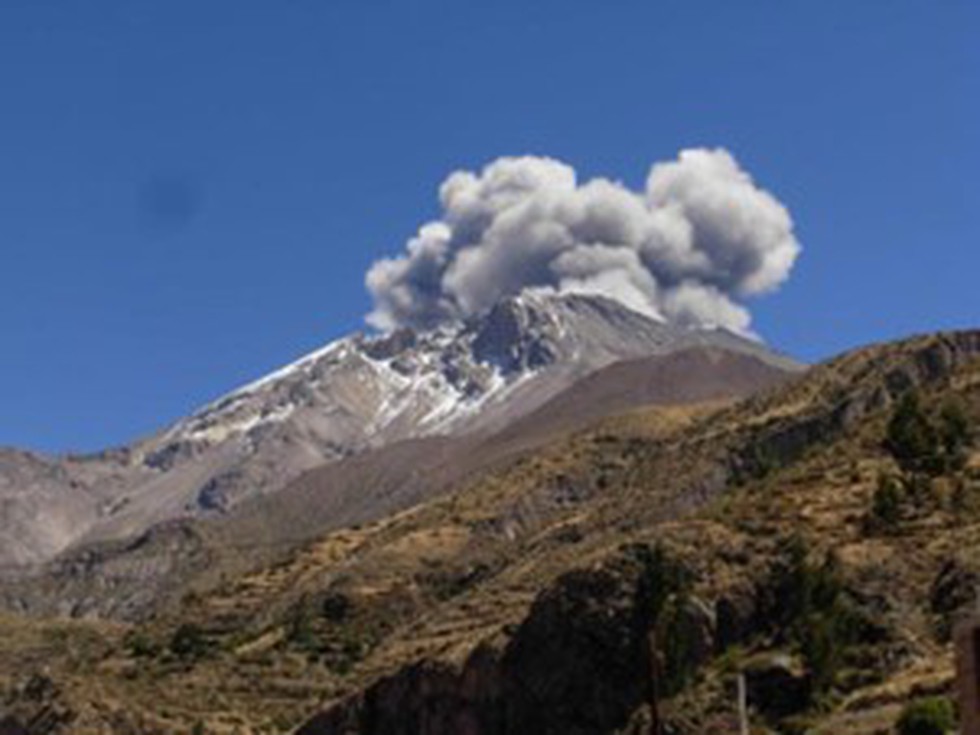
About Ubinas Volcano:
- Location:
- Ubinas is a stratovolcano located in the Central Volcanic Zone of the Andes.
- It is one of the most active volcanoes in Peru, with more than 26 eruptive episodes recorded in the last 500 years.
- The Ubinas volcano is part of a group of seven volcanoes in southern Peru located within a volcanic zone that extends from southern Peru to northern Chile.
- The affected area is situated within the "Ring of Fire," a region encompassing the edges of the Pacific Ocean that is renowned for its volcanic activity and seismic events, such as earthquakes.
- The upper portion of the volcano is made from lava flows from the Pleistocene.
- The depression (caldera) at the summit contains a cone of volcanic ash sporting a vent shaped like a funnel.
What is a Stratovolcano?
- The stratovolcano is a tall, steep, and cone-shaped type of volcano.
- Unlike flat shield volcanoes like in Hawaii, they have higher peaks. At the peak, stratovolcanoes usually have a small crater.
- Stratovolcanoes build up on height by layering lava, ash and tephra. By definition, they have alternating layers of pyroclastic and lava.
- When ash falls or lava flows, it solidifies and makes a narrower cone.
- Strato Volcanoes comprise the largest percentage (~60%) of the Earth's individual volcanoes.
- Strato volcanoes are usually about half-half lava and pyroclastic material, and the layering of these products gives them their other common name of composite volcanoes.
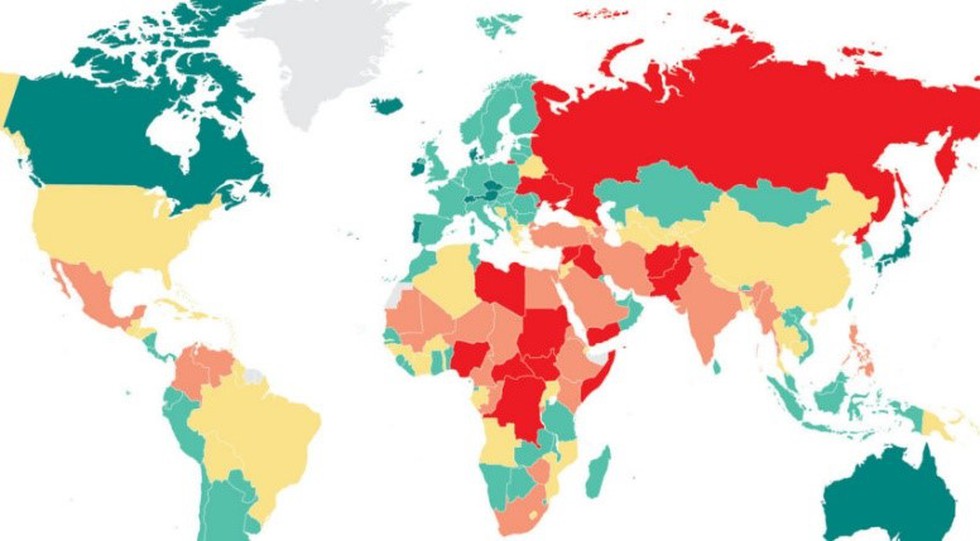
About Global Peace Index:
- It is released annually by the Institute for Economics and Peace (IEP).
- 2023 Global Peace Index (GPI) ranked 163 independent states and territories according to their level of peacefulness.
- It measures the state of peace across three domains:
- Societal safety and security;
- Ongoing domestic and international conflict;
- Militarization;
- Highlights of Global Peace Index 2023:
- The average level of global peacefulness deteriorated by 0.42 per cent.
- Iceland is the most peaceful country in the world – a title it has held since 2008. It is accompanied at the top by Denmark, Ireland, New Zealand, and Austria.
- Conversely, Afghanistan is the least peaceful country in the world for the eighth consecutive year. It is followed by Yemen, Syria, South Sudan, and the Democratic Republic of the Congo.
- India has occupied the 126th spot in the rankings, two higher than its previous position.
- The report stated that India experienced an improvement of 3.5 per cent in overall peacefulness over the past year, owing to improvements in violent crime, neighbouring countries’ relations, and political instability.
- Among other countries, Nepal, China, Sri Lanka, United States of America, and Pakistan, and have been ranked 79, 80, 107, 131, 146, respectively.

What Exactly is the Goods and Services Tax (GST)?
- It is an indirect tax (not directly paid by customers to the government), that came into effect from 1 July 2017 through the implementation of the 101st Amendment to the Constitution of India by the Indian government.
- It has actually replaced various indirect taxes such as - service taxes, VAT, excise and others in the country.
- It is levied on the manufacturer or seller of goods and the providers of services.
- Types of GST: State Goods and Services Tax (SGST), Central Goods and Services Tax (CGST) and the Integrated Goods and Services Tax (IGST, on exports and imports).
What is the GST Council?
- Article 279A of the Indian Constitution gives power to the President of India to constitute a joint forum of the Centre and States called the GST Council, consisting of the -
- Union Finance Minister - Chairperson
- The Union Minister of State, in-charge of Revenue of finance - Member
- The Minister in-charge of finance or taxation or any other Minister nominated by each State Government - Members
- The GST Council is an apex committee to modify, reconcile or to make recommendations to the Union and the States on GST, like the goods and services that may be subjected or exempted from GST, model GST laws, etc.
- Decisions in the GST Council are taken by a majority of not less than three-fourth of weighted votes cast.
- Centre has one-third weightage of the total votes cast and all the states taken together have two-third of weightage of the total votes cast.
- All decisions taken by the GST Council have been arrived at through consensus.
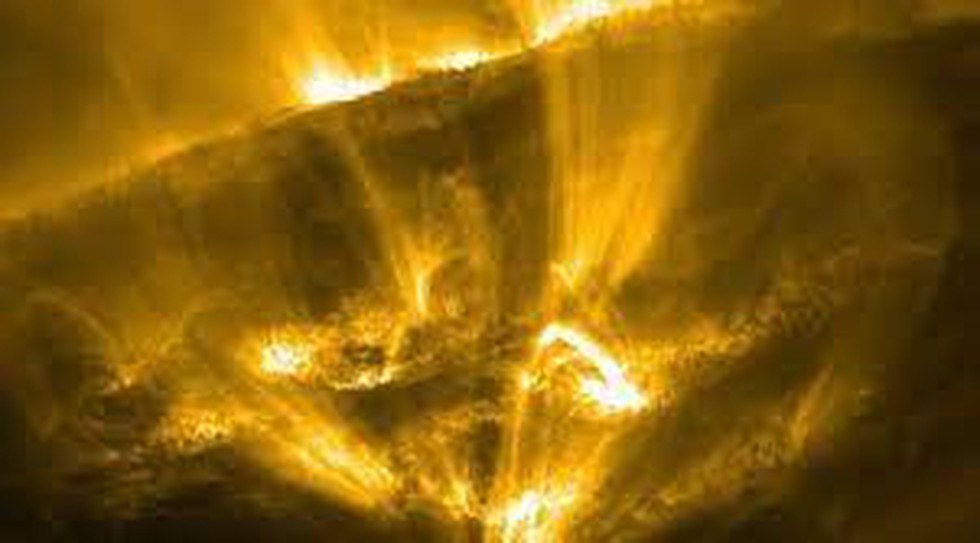
About Solar shooting stars:
- These are massive clumps of plasma that plummet to the Sun's surface at incredible speeds.
- These looks like a massive rain of fireballs that play a key role in heating up the corona which is the outermost part of the Sun's atmosphere.
- The researchers observed these solar shooting stars using the Solar Orbiter spacecraft of the European Space Agency.
- This is the first time such impacts have been spotted.
- These observations were made from a close distance of just 30 million miles from the sun.
How are coronal rains formed on Sun?
- The Coronal rain which is plasma firework displays consisting of gas with temperatures exceeding two million degrees Fahrenheit.
- Instead of water, coronal rains form when localised temperature drops, causing solar plasma to condense into dense lumps.
- These lumps then fall to the cooler surface of the Sun, known as the photosphere, as fiery rain at speeds of up to 220,000 miles per hour.
Significance of this observation
- This could help solve the mystery of why the corona, the outermost part of the Sun's atmosphere, is hotter than the layers beneath it.
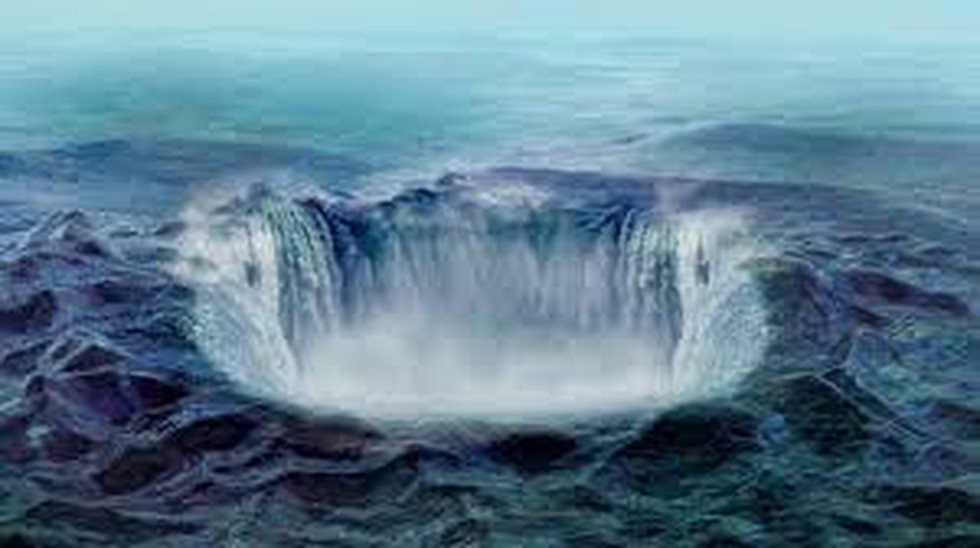
About Gravity hole:
- The gravity hole is a region of the ocean where the effects of gravity are less than usual.
- It occurs at the bottom of the ocean where there are gravitational anomalies.
- Why it occurs? These anomalies are caused by variations in the gravitational pull of the Earth due to differences in the density of the materials that make up the Earth’s crust.
- The Indian Ocean is home to one of the most profound gravitational anomalies on Earth known as the Indian Ocean Geoid Low (IOGL).
- It was discovered in 1948 during a ship-based gravity survey by Dutch geophysicist Felix Andries Vening Meinesz.
- It is found in a large section of over three million sq. km in the Indian Ocean seafloor, located around 1,200 km southwest of India’s southern tip.
- It is estimated to have formed approximately 20 million years ago.
- Researchers said that the IOGL comprises slabs from the Tethys Ocean, a long-lost sea that plunged into the depths of the planet millions of years ago.
- The Tethys Ocean, which once separated the supercontinents of Gondwana and Laurasia is believed to have perturbed the African Large Low Shear Velocity province

About EXERCISE – SALVEX:
- Indian Navy – US Navy have been participating in joint Salvage and EOD exercises since 2005.
- It is the Seventh edition of SALVEX.
- The exercise saw participation from both the navies which included the ships – INS Nireekshak and USNS Salvor in addition to Specialist Diving and EOD teams.
- It also saw conduct of joint training exercises towards enhancing interoperability, cohesiveness and gaining from best practices mutually in Maritime Salvage and EOD operations.
- The constructive engagements on operational terms enhanced the skill-sets of the Diving teams in a number of diverse disciplines such as mine detection and neutralisation, wreck location and salvage.
What are the other exercises conducted between India and US?
- Malabar Exercise: It is a quadrilateral naval exercise of India, USA, Japan and Australia
- Exercise Tiger Triumph: It is a humanitarian Assistance and Disaster Relief exercise.
- Yudh Abhyas: It is a joint military exercise
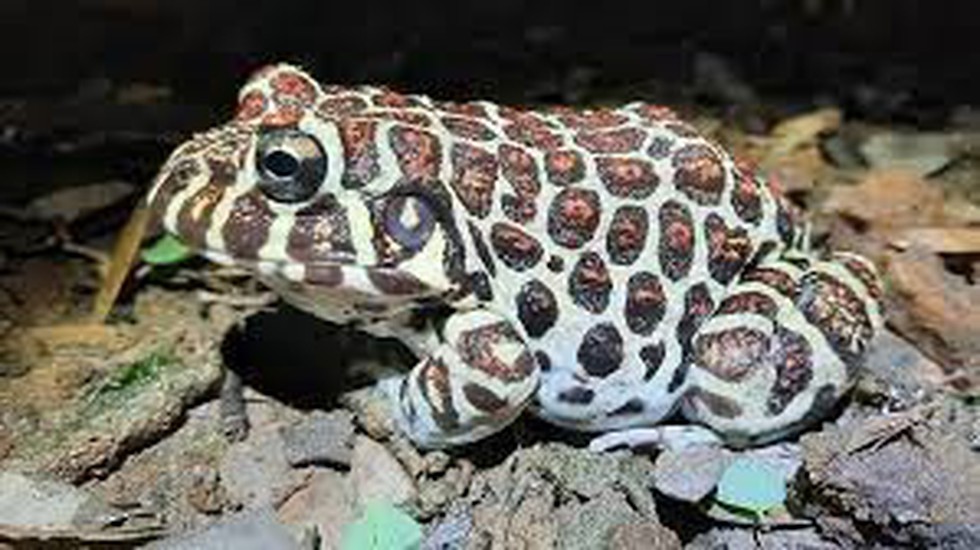
About Santa Fe frog:
- Scientific Name: Leptodactylus laticeps
- It is an extremely rare species found only in South American countries namely Argentina, Bolivia and Paraguay.
- Threat: The frog is under threat as its habitat the Dry Chaco is cut down.
- Conservation status
- IUCN: Near Threatened
Key Facts about Grana Chaco
- It is lowland alluvial plainin interior south-central South America.
- It is bounded on the west by the Andes mountain ranges and on the east by the Paraguay and Paraná rivers.
- Physiography: It is a vast geosyncline basin formed by subsidence (or down warping) of the area between the Andean cordilleras on the west and the Brazilian Highlands on the east as it filled with alluvial debris from these two features.
- Climate: It is subject to climates that vary from tropical in the north to warm-temperate in the south.
- The Grana Chaco is a large expanse of forest and dusty plains straddling parts of Bolivia, Argentina, and Paraguay.
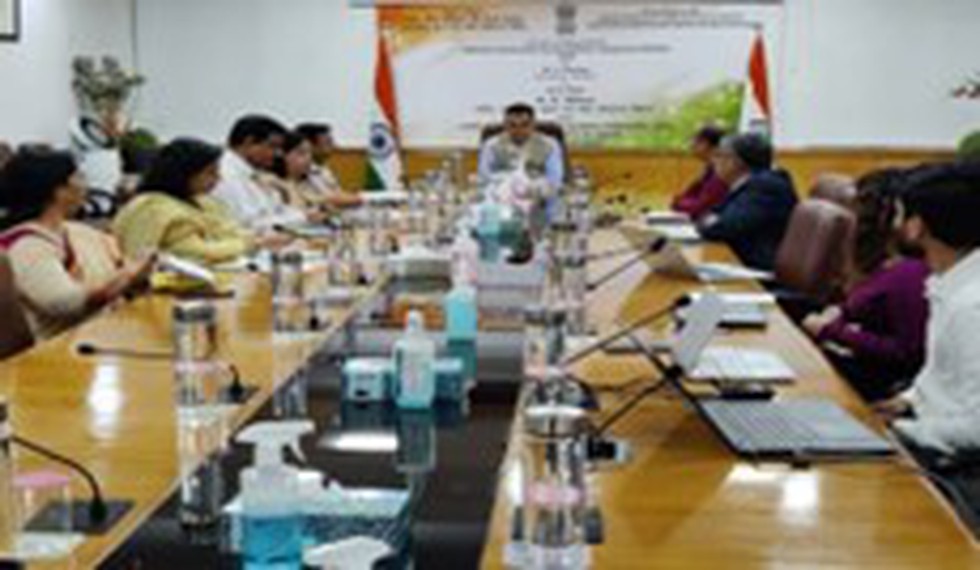
About NeSDA portal:
- NeSDA framework, launched in August 2018 was conceptualized with an overall objective to measure the depth and effectiveness of existing e-Governance service delivery mechanisms.
- The Department has successfully released 2 editions of NeSDA study, viz., NeSDA 2019 and NeSDA 2021.
- This framework is based on the Online Service Index (OSI) of UN eGovernment Survey.
- The framework covers six sectors, Finance, Labour & Employment, Education, Local Government & Utilities, Social Welfare (including Agriculture & Health) and Environment (including Fire) sectors.
- Improvement in the country’s e-Governance landscape due to last 2 editions of NESDA study may be summarized in the following key take aways:
- Increase in e-Service Delivery
- Rise in use of Integrated / Centralized Portals for delivery of e-Services
- Improvement across assessment parameter scores
- The department undertakes NeSDA study biennially.
- This study assesses States, Union Territories (UTs), and focus Central Ministries on the effectiveness of e-Governance service delivery.
- NeSDA helps the respective governments improve their delivery of citizen centric services and shares best practices across the country for all States, UTs and Central Ministries to emulate.
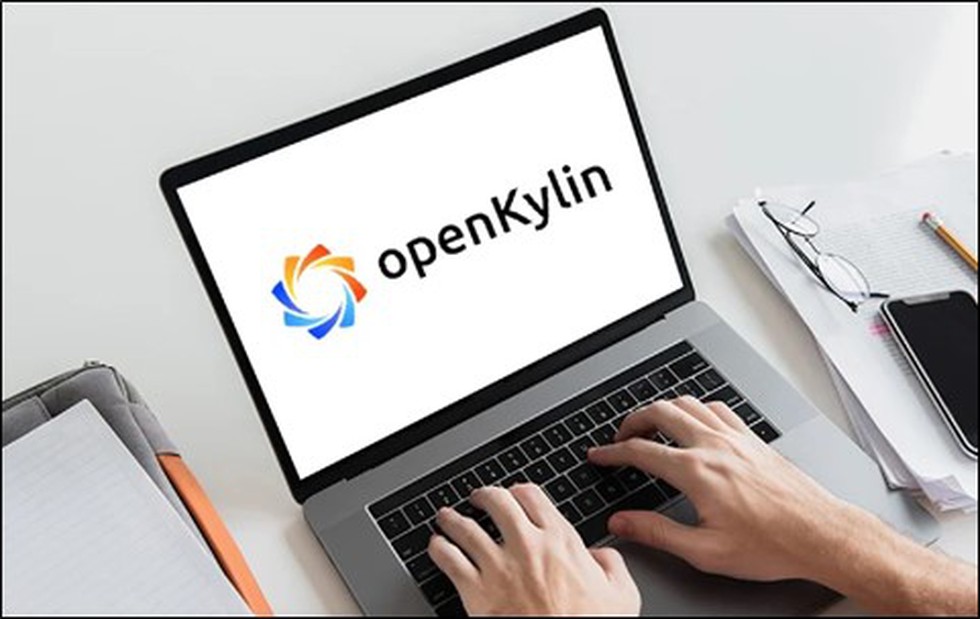
About OpenKylin:
- It is China's first open-source desktop operating system (OS).
- It is a Linux-based operating system built by a community of about 4,000 developers.
- OpenKylin users have access to the software’s lines of code and can modify them as they wish, unlike Microsoft and Apple, which keep the workings of Windows and MacOS systems secret.
What is an open-source operating system (OS)?
- An Open-source OS is the OS in which source code is visible publicly and editable.
- The generally known Operating Systems like Microsoft’s Windows, Apple’s iOS and Mac OS, are closed OS.
- Closed Operating Systems are built with numerous codes and complex programming and that is called source code. This source code is kept secret by the respective companies (owners) and inaccessible to third parties. In the case of an Open-Source Operating system, everyone can access and edit the source code.
Pros and Cons of Open-Source Operating Systems:
- Pros:
- Cost-efficient – Most of the Open-Source OS is free. And some of them are available at a very cheap rate than the commercial closed products.
- Reliable and efficient – Most of them are monitored by thousands of eyes since the source code is public. So, if there is any vulnerability or bugs, they are fixed by the best developers around the world.
- Flexibility- The greatest advantage is you can customize it as per your need and there is creative freedom.
- Cons:
- Security risk – Though the bugs are identified, there is a risk of attacks as the source code is available to the attackers.
- Complicated – It is not user-friendly as the closed ones. You need to have the minimum technical knowledge to use this software.
- Lack of support – If you meet with the problem, then there is no customer support to help you out.


.png)

.png)
























































































































































.png)
.png)
.png)
.png)
.png)


.png)
.png)
.png)





.png)
.png)






.png)
.png)
.png)
.png)
.png)
.png)
.png)
.png)
.png)

.png)







.png)
.png)


.png)
.png)
.png)


.png)

.png)
.png)





.jpg)

.png)
.png)


.png)

.png)
.png)
.png)

.jpg)

.jpg)


.png)

.png)
.png)
.png)
.png)
.png)
.png)
.png)
.png)
.png)
.png)




.png)

.png)





.png)
.png)
.png)
.png)
.png)
.png)
.png)
.png)
.jpg)
.jpg)
.png)
.png)
.png)
.png)
.png)
.png)
.png)
.png)
.png)
.png)
.png)
.png)
.png)
.png)
.png)
.png)
.png)
.png)
.png)
.png)
.png)
.png)



.png)
.png)

.jpg)
.jpg)


.jpg)
.jpg)
.jpg)
.jpg)
.jpg)

.jpg)








.jpg)
.jpg)
.jpg)
.jpg)
.jpg)

















.jpg)
.jpg)







.jpg)


















.jpg)
.jpg)






























































































.jpg)
.jpg)


























.jpg)

.jpg)










.jpg)








.jpg)




.jpg)










.jpg)


















.jpg)












































.jpg)














.jpg)
.jpg)
.jpg)





.jpg)

.jpg)
.jpg)





































































.jpg)


































.jpg)
.jpg)
















































.jpg)












.jpg)


.jpg)




.jpg)
.jpg)
.jpg)

.jpg)
.jpg)
.jpg)
.jpg)

.jpg)
.jpg)
.jpg)

.jpg)
.jpg)
.jpg)
.jpg)
.jpg)
.jpg)
.jpg)
.jpg)

.jpg)


.jpg)
.jpg)
.jpg)
.jpg)
.jpg)
.jpg)
.jpg)
.jpg)
.jpg)
.jpg)











.jpg)
.jpg)





.jpg)
.jpg)
.jpg)
























.jpg)
























.jpg)









.jpg)
.jpg)







.jpg)
.jpg)









































.jpg)
.jpg)
.jpg)
.jpg)
.jpg)

.jpg)
.jpg)
.jpg)
.jpg)
.jpg)


.jpg)
.jpg)
.jpg)
.jpg)
.jpg)

.jpg)
.jpg)
.jpg)
.jpg)
.jpg)
.jpg)
.jpg)
.jpg)
.jpg)
.jpg)
.png)

.png)
.png)

.png)
.png)
.png)
.png)


.jpg)
.jpg)

.jpg)
.jpg)
.jpg)

.png)
.png)
.png)
.png)
.png)
.png)
.png)

.png)
.png)
.png)
.png)
.png)
.png)
.png)
.png)
.png)
.png)





































































-min.png)



.png)




.png)








































